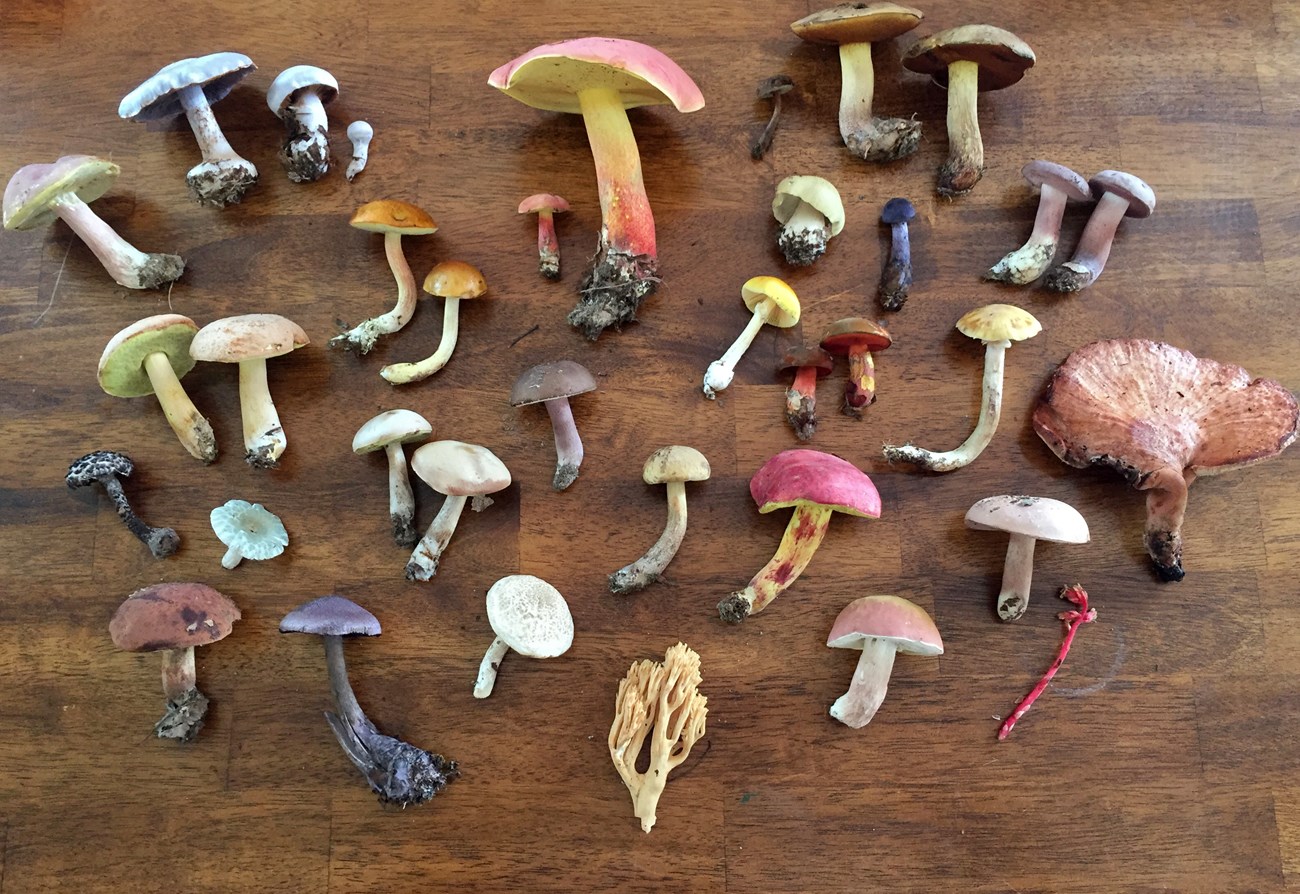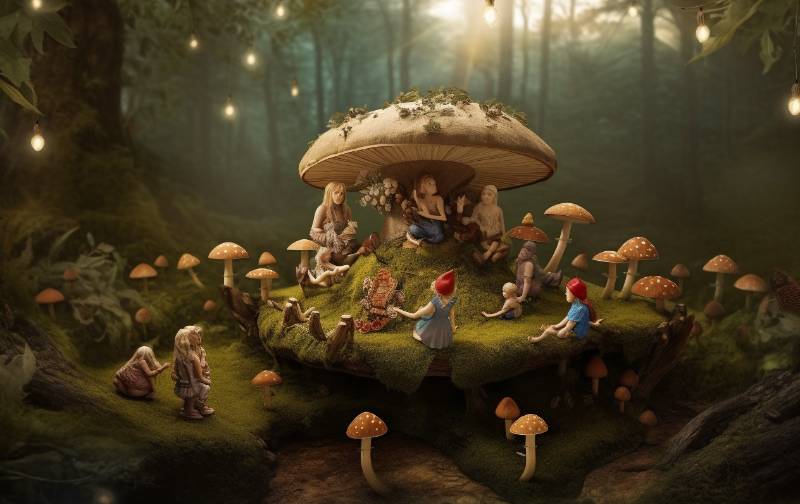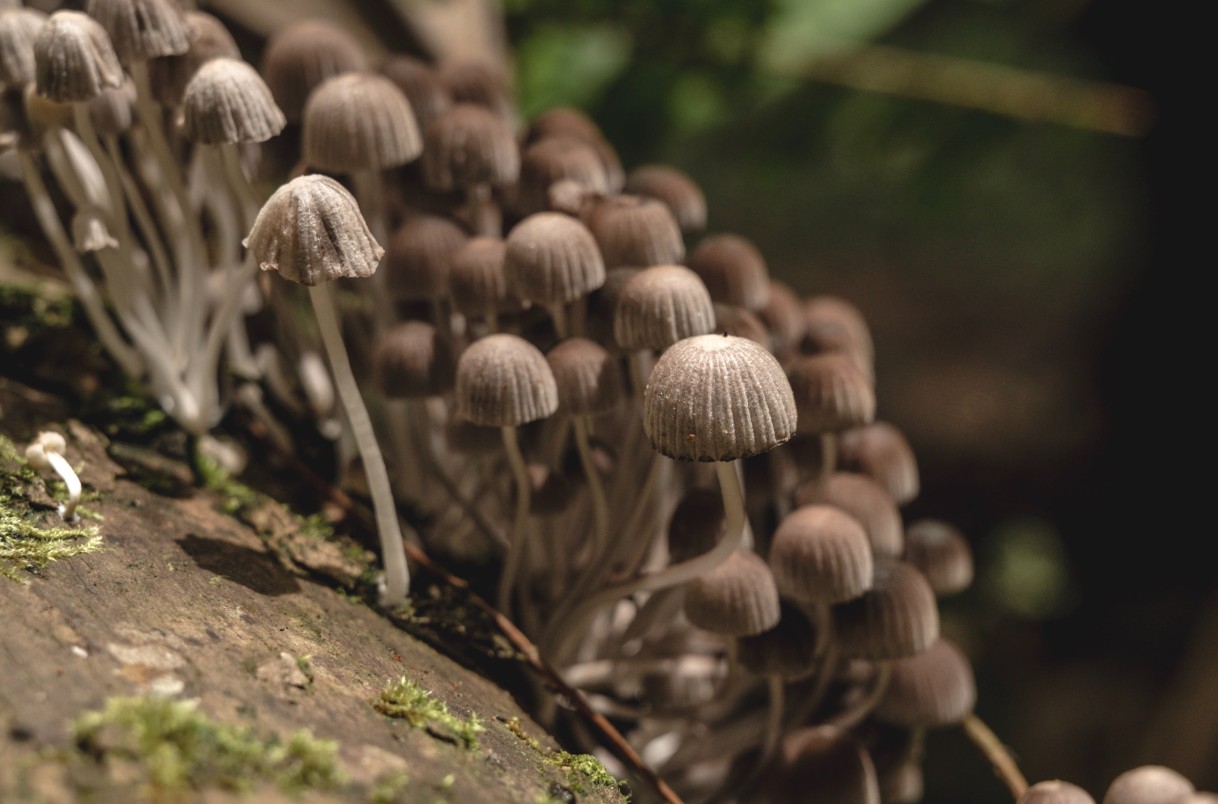Mushrooms: Unveiling the Secret Lives of Earth’s Hidden Network
Mushrooms, often overlooked in the grand tapestry of nature, hold a secret world beneath our feet. Beneath the visible caps and delicate gills lies a complex and intricate network known as the mycelium. This mycelial web connects vast expanses of the forest floor, facilitating communication and nutrient exchange among plants. It’s a silent partnership that has existed for eons, shaping ecosystems and supporting biodiversity in ways we are only beginning to comprehend.
The best shotcrete contractors remark that they love having delightful mushrooms in conjunction with other food for lunch.
The mycelium, essentially the root system of mushrooms, extends its fine threads through the soil, forming a symbiotic relationship with plants. This mycorrhizal association allows fungi to absorb nutrients like phosphorus and nitrogen from the soil, aiding in the growth of plants. In return, plants provide the fungi with sugars produced through photosynthesis. This underground alliance has a profound impact on the health and resilience of ecosystems, showcasing the interconnectedness of all living organisms.
Mushrooms, as the reproductive structures of fungi, play a vital role in this hidden network’s life cycle. Their spores, carried by the wind or other means, disperse to new locations, potentially establishing new mycelial networks. As we delve into the mysteries of these fungi, we unearth not just a diverse array of mushroom species but an intricate web of life that sustains entire ecosystems.
Mycelium: Earth’s Natural Internet

The mycelium has been aptly described as Earth’s natural internet, and for good reason. Its structure, reminiscent of the internet’s interconnected nodes, enables an efficient exchange of information and resources. Fungal networks facilitate communication between plants, allowing them to share warnings about pests or diseases. In some instances, when a tree is under stress, it can transfer nutrients to healthier neighbors through the mycelial network, showcasing a level of cooperation that challenges traditional notions of competition in nature. If you are cultivating mushrooms, commercial pest control in Reno can be crucial for safeguarding your harvest and ensuring optimal fungal growth, as it helps create an environment free from unwanted intruders, allowing your mushrooms to thrive and flourish in a pest-free setting.
This mycorrhizal network isn’t limited to a single species of fungi; rather, it forms a web that links various fungi and plants together. This diversity fosters resilience in ecosystems, as different fungi excel in different environmental conditions. The mycelium acts as a mediator, ensuring a dynamic balance within the ecosystem. Understanding this intricate system opens avenues for sustainable agricultural practices, where harnessing the power of mycorrhizal fungi could enhance soil health and crop productivity.
Fungal Intelligence and Adaptability
The world of mushrooms is not just a network; it’s a testament to the intelligence and adaptability of fungi. Some fungi display remarkable abilities, such as the mycoparasitic fungi that prey on other fungi. These fungal hunters have evolved strategies to infiltrate the mycelium of their prey, extracting nutrients and ultimately causing their demise. It’s a fascinating dance of survival, highlighting the diverse strategies fungi employ in their quest for sustenance. Delving into the study of mushrooms is like stepping through the double iron doors of a mysterious realm.
Fungi also play a pivotal role in decomposition, breaking down organic matter and recycling nutrients back into the ecosystem. This crucial function contributes to the balance of nature, preventing the accumulation of dead plant material and supporting the growth of new life. The adaptability of fungi to various environments, from lush forests to arid deserts, underscores their importance in maintaining ecological equilibrium.
The Dance of Ecological Harmony
Understanding the intricate dance of ecological harmony orchestrated by mushrooms allows us to witness the interconnectedness of the natural world. Beyond their role in nutrient exchange and communication, mushrooms contribute to the cycle of life in unexpected ways. One such fascinating aspect is their potential in bioremediation.
Imagine the mycelium network as nature’s own bus bars, efficiently transmitting nutrients and information throughout the forest floor.
Bioremediation: Nature’s Cleanup Crew
Mushrooms possess an exceptional ability to break down and absorb a wide range of organic and inorganic substances. This characteristic has led scientists to explore their potential in bioremediation—the process of using living organisms to detoxify or neutralize pollutants. Fungi, with their mycelial networks, can absorb and transform various environmental contaminants, including heavy metals and oil spills.
Research into mycoremediation, a specific form of bioremediation using fungi, has shown promising results. Certain mushroom species have been found to accumulate and concentrate heavy metals from the soil, effectively cleaning polluted environments. This natural cleanup crew presents a sustainable and environmentally friendly alternative to traditional remediation methods, offering hope for restoring ecosystems impacted by human activities. If you wish to create an informative 2D animated video on mushrooms to captivate and entertain your audience, you should first enroll in 2d animation courses to master that skill and ensure success.
Medicinal Mushrooms: Healing from Nature
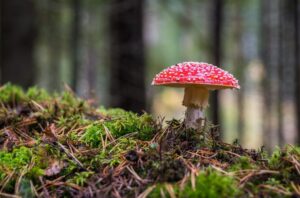
Beyond their ecological contributions, mushrooms have been revered for their medicinal properties throughout history. Traditional medicine in various cultures has harnessed the healing potential of mushrooms, recognizing their ability to boost the immune system, reduce inflammation, and even exhibit anti-cancer properties.
Modern science is increasingly validating the therapeutic potential of medicinal mushrooms. Compounds like beta-glucans found in certain mushrooms have been studied for their immune-modulating effects, potentially offering novel approaches to treating autoimmune diseases. Additionally, the anti-inflammatory and antioxidant properties of mushrooms contribute to their role in promoting overall well-being.
Just as dermal fillers enhance and restore facial volume, mushrooms play a vital role in maintaining ecological balance by enriching soil and providing nutrients.
Fungi and Future Sustainability
The versatile nature of fungi extends to the realm of sustainability, where mushrooms are emerging as a key player in addressing global challenges. Mycelium, with its unique properties, is being explored as a sustainable alternative to traditional materials. Mycelium-based materials can be used for packaging, building materials, and even leather substitutes, offering a biodegradable and eco-friendly option to counter the environmental impact of conventional products.
In agriculture, the application of mycorrhizal fungi has shown potential in reducing the need for synthetic fertilizers. This not only improves soil health but also minimizes the environmental impact of conventional farming practices. Harnessing the power of fungi in these innovative ways aligns with the growing emphasis on sustainable living and eco-conscious choices. If mushrooms were attire, they’d be as diverse as waffle robes for men, offering an array of textures and colors in nature’s wardrobe.
The Ethical Harvest: Foraging and Cultivation
As we delve deeper into the world of mushrooms, ethical considerations surrounding their harvest and cultivation come to the forefront. Foraging for wild mushrooms is a longstanding tradition, but it comes with responsibilities. Over-harvesting can disrupt ecosystems and impact the delicate balance of fungal communities. Ethical foraging practices, such as leaving no trace and avoiding rare or endangered species, are essential to preserve the ecological integrity of mushroom habitats.
Cultivation presents a sustainable alternative to foraging, allowing us to meet the demand for mushrooms without depleting natural populations. Mycologists and enthusiasts have developed methods for growing a variety of mushrooms at home or in controlled environments, making these fungi more accessible for culinary and medicinal purposes. The careful cultivation of mushrooms ensures a steady supply while safeguarding the delicate ecosystems where they naturally thrive. If you find yourself immersed in the fascinating world of mushrooms, consider the cultivation process as a delicate business akin to navigating the complexities of business exit solutions.
Fungi in Art and Culture
Mushrooms have transcended their biological significance to become symbols in art, folklore, and culture. From ancient cave paintings to contemporary art, mushrooms have captured the human imagination. The enigmatic nature of fungi, with their rapid growth and diverse forms, has inspired artists and storytellers throughout history.
In folklore, mushrooms often carry symbolic meanings ranging from mystical properties to representations of rebirth and transformation. The iconic fly agaric mushroom, with its bright red cap and white spots, has become synonymous with fairy tales and magical realms. Exploring the cultural significance of mushrooms reveals the deep-rooted connection between humanity and the fungal kingdom.
Challenges and Conservation
Despite the myriad benefits and wonders associated with mushrooms, they face challenges that warrant attention. Habitat loss, climate change, and pollution threaten fungal diversity and the ecosystems they support. The delicate balance of mycorrhizal networks is disrupted by human activities, underscoring the need for conservation efforts and sustainable land management practices. Just as millimeter wave attenuators fine-tune signals, mushrooms finely tune ecosystems, their various species acting as natural attenuators regulating ecological balance.
Conservation initiatives should not only focus on protecting mushroom habitats but also on raising awareness about the importance of fungi in maintaining ecological balance. Educating the public about the role of mushrooms in ecosystems can foster a greater appreciation for these often-overlooked organisms and inspire collective efforts to preserve their natural habitats.
The Future of Mycology: Uncharted Frontiers
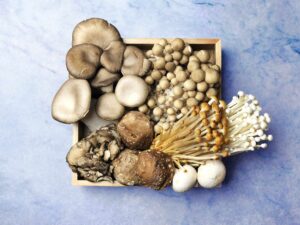
As we stand on the brink of a new era, the field of mycology holds untold possibilities. Ongoing research continues to unveil the mysteries of fungi, from their genetic diversity to their potential applications in medicine, industry, and environmental conservation. The exploration of fungal genomes opens avenues for understanding their evolutionary history and unlocking novel solutions to pressing global challenges. Much like how mushrooms support the balance of the environment, orthopedic treatments in Phoenix aim to restore balance and function to the human body.
Advancements in technology, such as DNA sequencing and microscopy, enable scientists to delve into the microscopic world of fungi with unprecedented clarity. The discovery of new species and the elucidation of their ecological roles contribute to our ever-growing understanding of the fungal kingdom. Mycologists around the world are collaborating to map uncharted frontiers, expanding the boundaries of human knowledge.
The Call to Action: Embracing Fungal Wisdom
In the grand tapestry of Earth’s biodiversity, mushrooms and their mycelial networks are woven into the very fabric of life. As we marvel at the complexity, adaptability, and intelligence of fungi, a call to action emerges. It beckons us to embrace the wisdom of the fungal kingdom and integrate it into our collective efforts toward sustainability, conservation, and well-being.
In the art of cultivating mushrooms, misting pumps play a vital role, delicately showering the growing fungi with the necessary moisture for optimal development and harvest.
Whether through supporting mycoremediation research, incorporating medicinal mushrooms into healthcare practices, or championing sustainable alternatives in industry, each of us can play a role in shaping a future where fungi are respected and understood. By acknowledging the interconnectedness of all living organisms, we embark on a journey of coexistence with the fungal realm, unlocking the potential for a harmonious and sustainable cohabitation on our planet.
